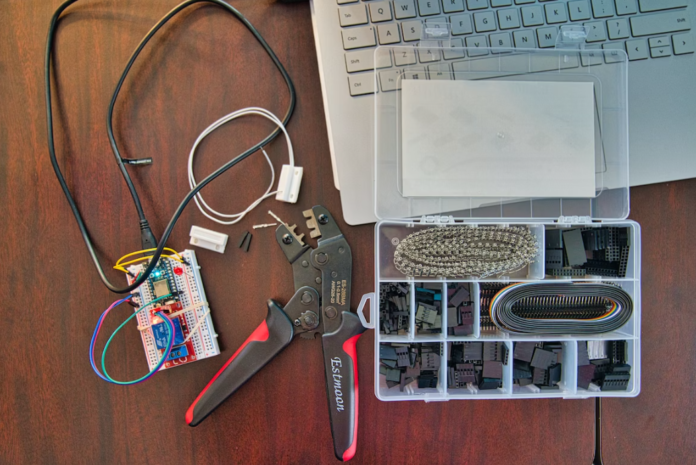Crimped connections offer several advantages over soldered ones. For one, crimped connections are air-tight, keeping moisture, dirt, and debris from reaching the junction.
However, a quality crimp is only as good as the tool used to make it. Using the wrong tool can damage the insulation and lead to an improper crimp.
Flexibility
Electrical wire connectors are an excellent option for a wide variety of applications. They are more flexible than soldering, which requires a lot of tools and can often result in connections that need to be revised.
A quality crimp connection is gas-tight, won’t wick, and can withstand thermal cycling and vibration. However, a high-quality crimp can only be achieved with a dedicated crimp tool designed with the terminal.
These tools feature a positioner that holds the terminal in an optimal place to create the optimum crimp ratio and shape. Some also include a die to allow for different sizes of lugs and connectors, while others offer a range of crimping pressure options based on conductor size and type. Some also provide a battery-powered model that allows the user to operate with two hands for greater versatility.
Safety
Using crimping solutions Fayetteville NC, with an insulated handle when working near live wires and energized equipment, offers another layer of safety besides required personal protective equipment (PPE) requirements. An insulated tool will release the connector once the crimp has fully compressed, eliminating the potential for erroneous connections and improving mechanical performance.
It’s easy to see why professional electricians prefer crimping connectors over soldering. Soldering requires heating a piece of metal, which could cause accidental damage to the wires. And although crimping seems relatively simple, the correct method is essential to ensure a quality connection that will last for years. Improper crimping can lead to corrosion, gas exposure, and even fires. It’s also worth mentioning that a suitable connector and crimp tool will make all the difference in creating a high-quality connection.
Cost
A high-quality crimp provides an excellent electrical and mechanical connection that can last much longer than soldered connections. They also offer a better seal to protect against moisture and dirt.
The downside of crimping is that purchasing and maintaining tools for different connector types can be expensive. It is possible to use knock-off crimping tools to save money, but these often produce inconsistent crimps and may damage or degrade the connector over time.
Moreover, many connector manufacturers only guarantee the performance of their terminals when they are crimped using their tools. This is because the design of a terminal goes hand-in-hand with creating the device that crimps it. The correct crimping mechanism ensures the best electrical conductivity and mechanical strength combination.
Durability
Unlike soldering, crimp connections don’t require filler metal, making them more durable. They’re also less susceptible to corrosion. This is because a crimp connection forms a gas-tight seal that prevents moisture, dirt, and debris from reaching the connector’s contacts.
Specialist electric vehicles operate in harsh environments and put components through intense vibrations, so quality crimps are imperative. They also need to withstand extreme weather conditions.
To achieve a high-quality crimp, it’s essential to prepare the wire correctly. This includes stripping the right amount of insulation and ensuring all strands fit within the terminal barrel. Using a crimping tool with the optimum crimp height, crimp compression ratio, and tensile strength is also crucial. This ensures the connector is mechanically and electrically stable. It will also resist corrosion and offer superior strain relief.
Efficiency
An ideal crimp connection provides good conductivity, mechanical strength and is gas-tight. This prevents moisture and oxygen from reaching the metal of the terminal or conductor, reducing corrosion.
Others say crimping is less complicated than soldering, but things can still go wrong. He said factors such as the wire size and connector type play a role in the kind of crimper used for a specific use.
Walker said that while multipurpose tools include cutting and crimping, many commercial electricians and utility lineworkers prefer to use crimpers designed for the job. He added that a crimper with the correct die nest and proper crimp pressure is essential.










